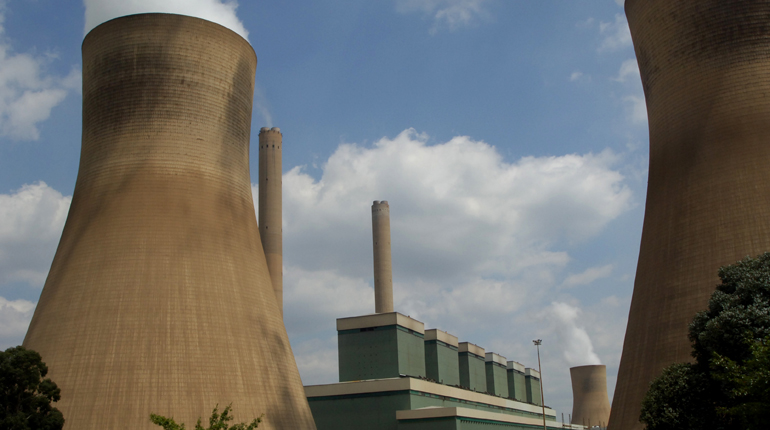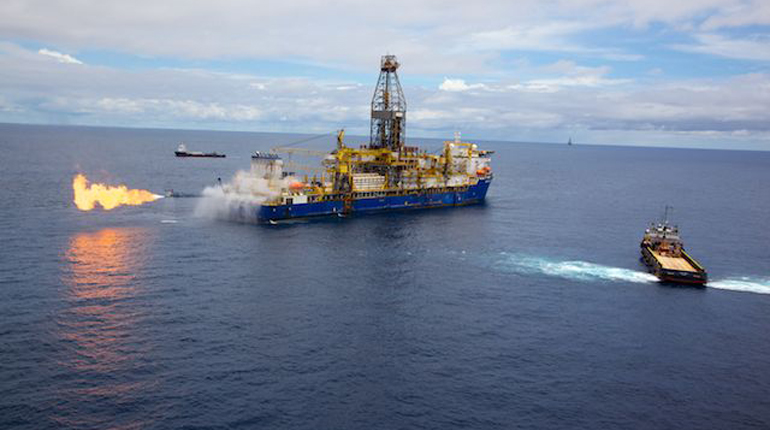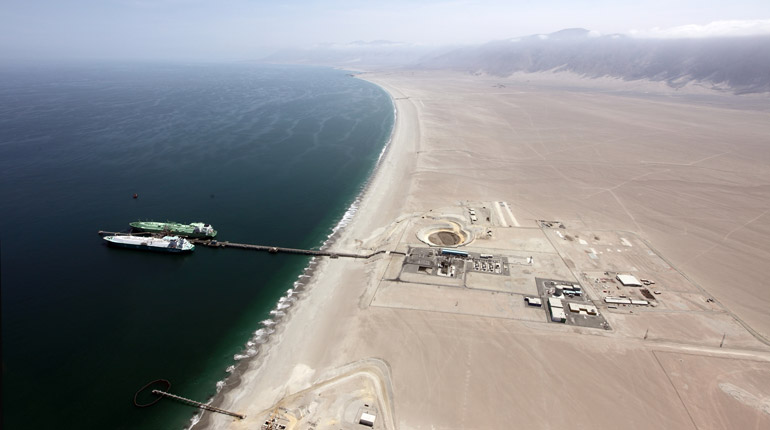South Africa mulls gas-to-power capacity increase
South Africa may expand its gas-fired power tender beyond the initial 3.1 GW as the fuel will now be the ‘cornerstone’ of the country’s baseload supply, the country's energy minister says.
 South Africa is heavily dependent on coal for power, but is looking to switch to cleaner fuels. (Eskom)
South Africa is heavily dependent on coal for power, but is looking to switch to cleaner fuels. (Eskom)
South Africa may increase the amount of gas-fired power capacity it plans to bring online by 2025 beyond the initial 3.1 GW tender, the country’s minister of energy said on Tuesday.
The Department of Energy (DOE) is preparing to release the request for proposals for 3.13 GW of gas-fired generation capacity between 2019 and 2025 before the end of the year, but Energy Minister Tina Joemat-Pettersson said the figure "may be increased".
"I need baseload electricity, and gas will be a cornerstone of baseload," she told delegates at the South Africa Gas Options conference.
Until now, South Africa has been heavily reliant on coal-fired power in its energy mix – after South Korea, it has the second-highest dependency on coal in the world.
But Pretoria is looking to switch to cleaner fuel sources – nuclear, gas and renewable energy – to meet its growing energy demand.
"I’m not obsessed with nuclear energy, it is only one source of baseload. I am obsessed with gas, by the way. For baseload and/or mid-merit energy generation, capacity needed from gas-fired power generation is there and is necessary to contribute towards energy security," said Joemat-Pettersson.
The Department of Energy (DOE) wants to finalise the procurement process to add another 9.6 GW of nuclear generation capacity to the grid by 2030 before the end of the financial year. However, controversy over the high cost of building new nuclear plants means the focus may turn to gas-fired power and renewable energy to fill the capacity gap.
The cash-strapped South African government will need to lean heavily on the private sector to deliver this new energy infrastructure.
"Everything we do has to minimalise the burden on the treasury, so [we need to] grow the economy without placing an added burden on the fiscus. And that’s the same for nuclear energy. There’s no $1 trillion to spend on nuclear energy," Joemat-Pettersson said.
A total of 150 companies submitted responses under the DOE’s request for information (RFI) for the design of its gas-to-power programme, which closed on 20 July. The ministry had a "number of very good proposals", Joemat-Pettersson said.
The government has been criticised for a lack of direction on its long-term gas strategy and on the role gas-fired power will need to play in meeting the country’s energy demands.
The RFI set few limitations on how projects should be structured or how the gas should be sourced or supplied – whether from domestic production or imported via pipeline, LNG, CNG or LPG. LNG terminals and power plants can be offshore, onshore or a combination of both, and the projects can be bundled or unbundled, with participants selecting which elements of the supply chain they would be willing to provide.
Delayed publication
Ideally, South Africa’s Gas Utilisation Master Plan (GUMP) – which should outline the government’s 30-year scheme for the development of its gas industry and its desired gas supply portfolio – would have been presented before the launch of the RFI. The document, which was supposed to have been published in the first half of 2015, has been in the final stages of approval since the beginning of the year, according to the DOE.
Joemat-Pettersson told delegates the delay in publishing the GUMP is because the policy document "is inadequate for what we want to do in gas".
Similarly, the 2013 Integrated Resource Plan (IRP), which was not approved by the cabinet, "also had enormous limitations" according to Joemat-Pettersson. "It was developed [two years ago], but didn’t give us solutions to the challenges that we were facing," she said.
Combined-cycle gas turbines were the favoured technology in many scenarios in the original IRP, released in 2010. However, gas was pushed out in favour of other fuels in the 2013 adjusted document, which incorporated a number of the government’s policy objectives – including affordable electricity, decarbonisation, localisation and regional development.
The forthcoming 2015-2016 version of the IRP will look at gas in more detail, said Joemat-Pettersson.
Reliance on coal-fired generation means, up to now, South Africa has had limited gas demand and therefore limited infrastructure to support the import, transport and storage of the fuel.
Building new gas-fired power projects will require substantial investment across the gas value chain, which will not only be expensive but also require some support from the government in terms of its future gas strategy, as well as strong regulatory coordination between the DOE and the Department of Transport.
Liked this article?
Sign up for exclusive, accurate and up-to-date natural gas news, analysis and intelligence, with global coverage of every phase of the gas chain.
By logging in or signing up for a free trial, you are agreeing to our terms and conditions, privacy policy and cookie policy.







